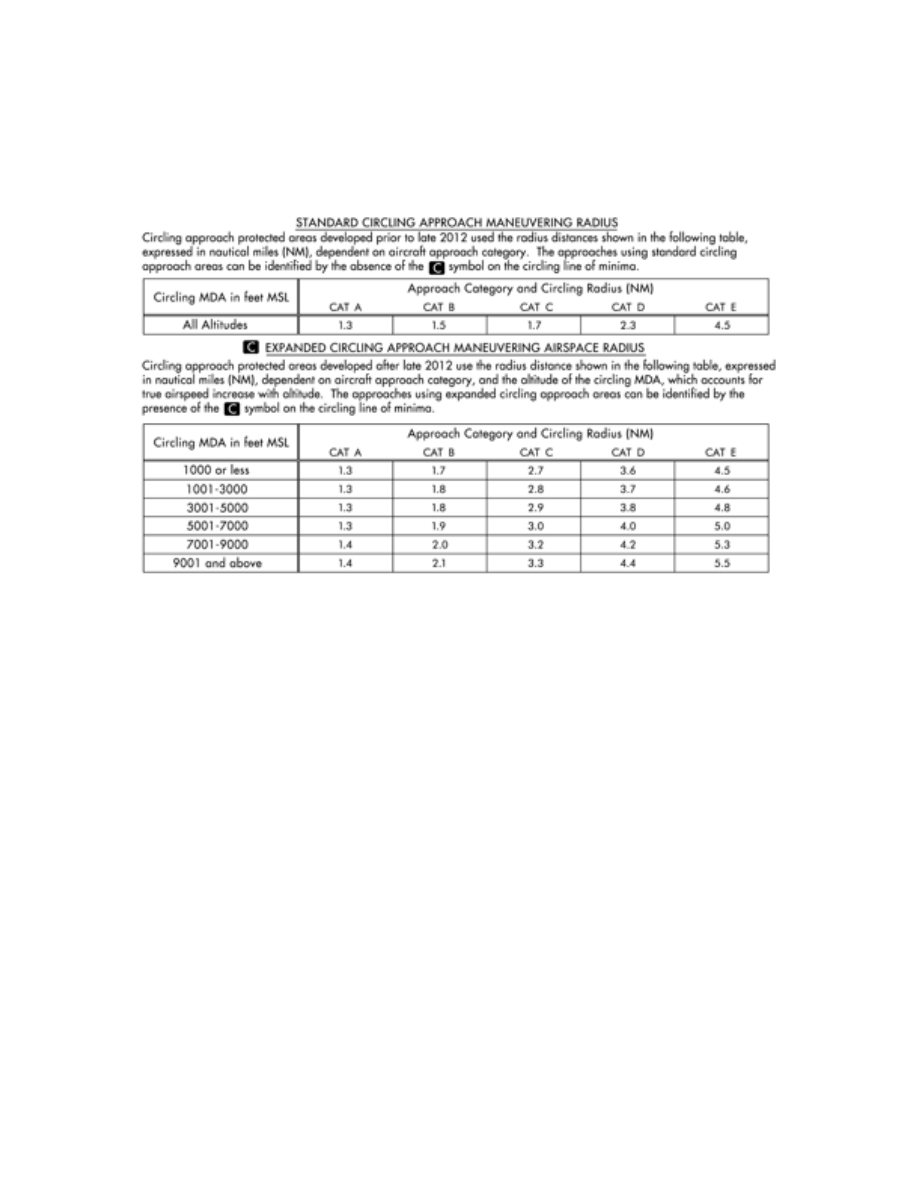
AIM
4/20/23
5
−
4
−
6. Approach Clearance
a.
An aircraft which has been cleared to a holding fix and subsequently “cleared . . . approach” has not received
new routing. Even though clearance for the approach may have been issued prior to the aircraft reaching the
holding fix, ATC would expect the pilot to proceed via the holding fix (his/her last assigned route), and the feeder
route associated with that fix (if a feeder route is published on the approach chart) to the initial approach fix (IAF)
to commence the approach.
WHEN CLEARED FOR THE APPROACH, THE PUBLISHED OFF AIRWAY
(FEEDER) ROUTES THAT LEAD FROM THE EN ROUTE STRUCTURE TO THE IAF ARE PART OF THE
APPROACH CLEARANCE.
b.
If a feeder route to an IAF begins at a fix located along the route of flight prior to reaching the holding fix,
and clearance for an approach is issued, a pilot should commence the approach via the published feeder route;
i.e., the aircraft would not be expected to overfly the feeder route and return to it. The pilot is expected to
commence the approach in a similar manner at the IAF, if the IAF for the procedure is located along the route
of flight to the holding fix.
c.
If a route of flight directly to the initial approach fix is desired, it should be so stated by the controller with
phraseology to include the words “direct . . . ,” “proceed direct” or a similar phrase which the pilot can interpret
without question. When uncertain of the clearance, immediately query ATC as to what route of flight is desired.
d.
The name of an instrument approach, as published, is used to identify the approach, even though a
component of the approach aid, such as the glideslope on an Instrument Landing System, is inoperative or
unreliable. The controller will use the name of the approach as published, but must advise the aircraft at the time
an approach clearance is issued that the inoperative or unreliable approach aid component is unusable, except
when the title of the published approach procedures otherwise allows; for example, ILS Rwy 05 or LOC Rwy
05.
e.
The following applies to aircraft on radar vectors and/or cleared “direct to” in conjunction with an approach
clearance:
1.
Maintain the last altitude assigned by ATC until the aircraft is established on a published segment of a
transition route, or approach procedure segment, or other published route, for which a lower altitude is published
on the chart. If already on an established route, or approach or arrival segment, you may descend to whatever
minimum altitude is listed for that route or segment.
2.
Continue on the vector heading until intercepting the next published ground track applicable to the
approach clearance.
3.
Once reaching the final approach fix via the published segments, the pilot may continue on approach to
a landing.
4.
If proceeding to an IAF with a published course reversal (procedure turn or hold-in-lieu of PT pattern),
except when cleared for a straight in approach by ATC, the pilot must execute the procedure turn/hold-in-lieu
of PT, and complete the approach.
5.
If cleared to an IAF/IF via a NoPT route, or no procedure turn/hold-in-lieu of PT is published, continue
with the published approach.
6.
In addition to the above, RNAV aircraft may be issued a clearance direct to the IAF/IF at intercept angles
not greater than 90 degrees for both conventional and RNAV instrument approaches. Controllers may issue a
heading or a course direct to a fix between the IF and FAF at intercept angles not greater than 30 degrees for both
conventional and RNAV instrument approaches. In all cases, controllers will assign altitudes that ensure obstacle
clearance and will permit a normal descent to the FAF. When clearing aircraft direct to the IF, ATC will radar
monitor the aircraft until the IF and will advise the pilot to expect clearance direct to the IF at least 5 miles from
the fix. ATC must issue a straight-in approach clearance when clearing an aircraft direct to an IAF/IF with a
procedure turn or hold
−
in
−
lieu of a procedure turn, and ATC does not want the aircraft to execute the course
reversal.
Arrival Procedures
5
−
4
−
28